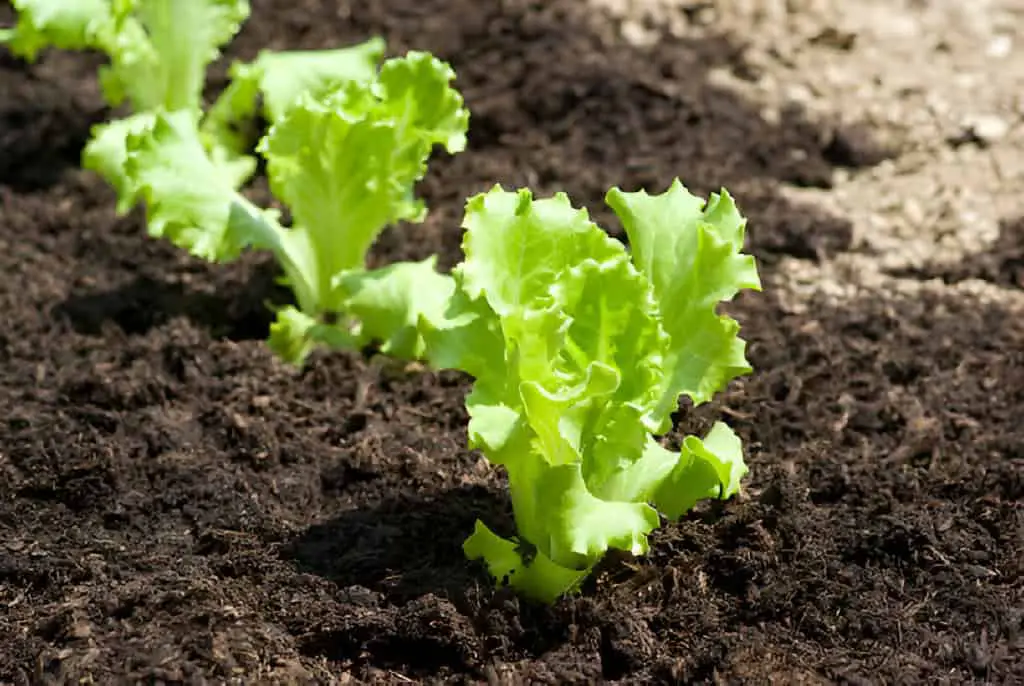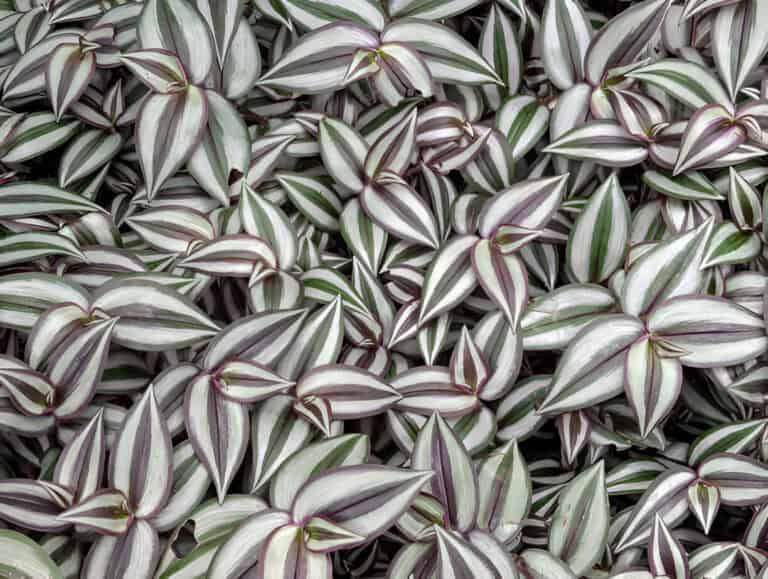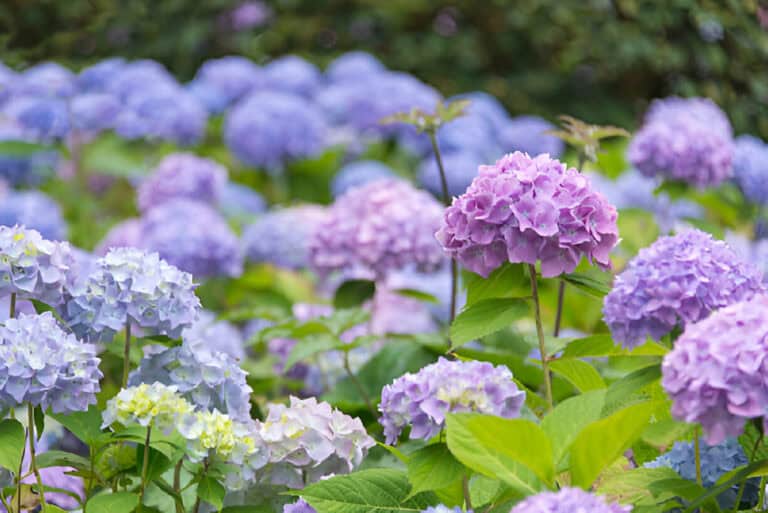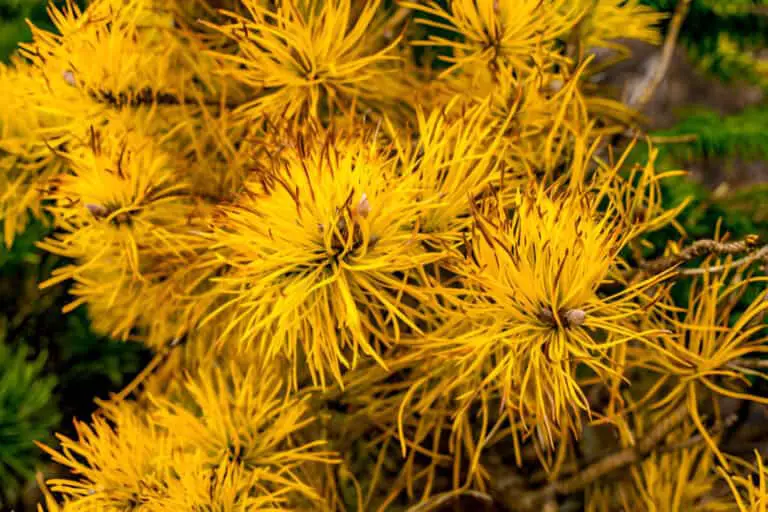When to Plant Lettuce in Newfoundland: Best Months and Tips

Are you eager to grow crisp, fresh lettuce in your Newfoundland garden? Knowing the right time to plant can make all the difference in your harvest. When should you sow lettuce seeds to ensure they thrive in Newfoundland’s unique climate?
In this guide, we explore the optimal planting season and essential tips for cultivating lettuce in Newfoundland. Whether you’re an expert gardener or a beginner, these tips will help you grow lettuce.
Join us to learn all about planting lettuce in Newfoundland. We’ll help you grow plenty of your own greens.
Understanding Newfoundland’s Climate
Newfoundland has a unique climate, with cool summers and cold winters. The island’s coast affects its weather. It causes big temperature differences between the coast and inland areas. These factors play a significant role in determining the best time to plant lettuce.
Seasonal Overview
- Spring (March to May): Cool temperatures with the last frost typically occurring in late May.
- Summer (June to August): Mild to warm temperatures, ideal for lettuce growth.
- Autumn (September to November): Cool temperatures, suitable for late-season lettuce planting.
- Winter (December to February): Cold temperatures, not suitable for lettuce planting.
The Best Months to Plant Lettuce in Newfoundland

Lettuce is a cool-season crop that thrives in Newfoundland’s climate. To enjoy a bountiful harvest of fresh, crisp lettuce, it’s important to plant it at the right time.
The best months to plant lettuce in Newfoundland depend on the variety and your location. Here are some general guidelines:
Early Spring Planting
For early harvest and optimal yields, consider planting lettuce in early spring.
- Best Time to Plant: Late April to early May.
- Benefits: Early planting lets lettuce mature before summer’s heat. It prevents premature bolting (going to seed).
- Considerations: Protect tender seedlings from late frosts with row covers or cloths.
Mid-Spring Planting
Mid-spring is an excellent time to plant lettuce in Newfoundland.
- Best Time to Plant: Mid-May to early June.
- Benefits: Planting in mid-spring ensures the soil is warm enough for seeds to germinate and grow well.
- Considerations: Provide consistent moisture to prevent lettuce from becoming bitter.
Late Spring Planting
Late spring is good for heat-tolerant lettuce. It thrives in warmer temperatures.
- Best Time to Plant: Late June to early July.
- Benefits: Late planting can extend the harvest into fall. It provides a longer lettuce-growing season.
- Considerations: Provide shade during the hottest part of the day to prevent lettuce from wilting.
Soil Preparation
Proper soil preparation is essential for successful lettuce cultivation in Newfoundland’s climate. Lettuce needs some soil requirements to grow abundantly.
Soil Testing and Amendment
- Test the Soil: Conduct a soil test to determine pH and nutrient levels. Lettuce prefers slightly acidic soil (pH 6.0 to 7.0).
- Amend the Soil: Add organic matter such as compost or well-rotted manure to improve soil structure and fertility.
Bed Preparation
- Loosening the Soil: Lettuce roots are shallow, so it’s important to loosen the soil to a depth of at least 15 cm.
- Mulching: Apply a layer of mulch, such as straw or grass clippings, to retain soil moisture and suppress weeds.
The Best Varieties of Lettuce to Grow in Newfoundland
In Newfoundland, the best varieties of lettuce to grow are those that are tolerant of the cool and moist climate. Here are some of the most suitable types:
- Leaf Lettuce: This type of lettuce is preferred for its crisp, solid, and leafy texture. It includes varieties like red and green leaf lettuces, which are popular for salads and are easy to grow in Newfoundland’s climate.
- Romaine Lettuce: Also known as Cos lettuce, Romaine lettuce is another popular variety that grows well in Newfoundland. It is often used in salads and is known for its crunchy texture.
- Loose Leaf or Bunching Lettuce: These types of lettuce are ideal for growing in tunnel houses or early field stands. They can be harvested from late May to October and are often used for specialty markets.
- Stem Lettuce (Celtuce): This variety of lettuce is less common but can also thrive in Newfoundland’s climate. It is known for its stem, which can be eaten raw or cooked.
These varieties are well-suited to Newfoundland’s cool and moist climate, making them ideal for gardening in the region.
Planting Steps
- Sowing Seeds: Plant lettuce seeds directly into the garden bed, about 1 cm deep.
- Thinning Seedlings: Once seedlings emerge, thin them to 30–45 cm apart to allow for proper growth.
- Watering: Water newly planted seeds gently to avoid washing them away. Keep the soil consistently moist but not waterlogged.
Seed Spacing to Plant Lettuce
Proper seed spacing is crucial for healthy lettuce plants. It prevents overcrowding and gives each plant room to thrive. When planting lettuce seeds, it’s important to sow them thinly, allowing each seed ample space to grow into a full, healthy plant. Overcrowding can lead to competition for nutrients, water, and sunlight, which can result in smaller, weaker plants.
To optimize your lettuce crop, aim to space the rows 30 to 45 centimeters apart. This distance provides enough room for the plants to spread out, making it easier to manage them as they grow. Adequate spacing improves air circulation around the plants. This reduces the risk of diseases and pests that thrive in tight spaces.
This spacing allows the lettuce plants to access enough light and nutrients for strong growth as they develop. Also, it simplifies tasks like watering, weeding, and harvesting. You can easily access the plants without damaging them.
| Read: Can You Replant Lettuce from the Grocery Store? |
Caring for Lettuce Plants
Watering
Consistent watering is crucial for lettuce development, especially during dry periods.
- Frequency: Water lettuce plants deeply once or twice a week, depending on rainfall and soil moisture levels.
- Method: Use a soaker hose or drip irrigation to water at the base of the plants, avoiding wetting the foliage.
Fertilizing
Apply a balanced fertilizer or compost to your lettuce plants to provide essential nutrients.
- Before Planting: Incorporate a balanced fertilizer into the soil.
- During Growth: Side dress with compost or a balanced fertilizer every 4-6 weeks during the growing season.
Mulching
Mulch around lettuce plants to retain soil moisture and suppress weeds.
- Mulch Type: Use organic mulch such as straw or shredded leaves.
- Depth: Apply a layer of mulch 5-10 cm deep around plants, taking care not to cover the crowns.
Conclusion
Planting lettuce in Newfoundland can be a rewarding experience, providing you with a fresh and nutritious crop. You can enjoy a successful lettuce harvest each year. Just choose the right planting times, prepare the soil, and provide consistent care. Regardless of when you plant, these guidelines will help your lettuce thrive. You’ll enjoy a tasty addition to your meals. Happy planting!






